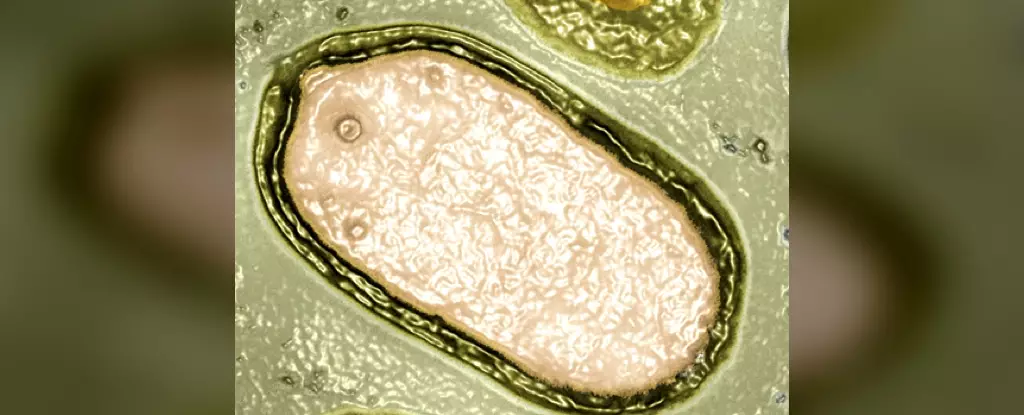A recent monumental study reveals a trove of new viral giants lurking in our oceans, capturing the intrigue of both scientists and environmentalists alike. Conducted by a dynamic research team led by marine biologist Benjamin Minch and virologist Mohammad Moniruzzaman from the University of Miami, this groundbreaking investigation has unveiled 230 previously unknown giant viruses. Their work illustrates not just the diversity of viral life beneath the waves, but also the intricate interplay these giants have with oceanic ecosystems. This newfound knowledge is a critical weapon in understanding and ultimately managing our oceans’ delicate balance.
Ocean systems, often perceived as distant and impervious, harbor complex networks of life, and at the heart of this kaleidoscope are protists such as algae and amoeba. Moniruzzaman eloquently emphasizes the urgency of this research, as it illuminates the connection between giant viruses and algal blooms—a phenomenon that poses significant public health risks across the globe. The cascading effects of these blooms, exacerbated by climate change and pollution, can be devastating to marine life and human health, underscoring an urgent need for vigilance and understanding.
Technology Meets Discovery
The technological leap forward that facilitated this discovery cannot be overstated. With bespoke computational software at their fingertips, Minch and his team were able to sift through genetic material from seawater samples, rendering the complex and often tedious task of identifying new viruses significantly easier than in years past. This fusion of marine biology and cutting-edge technology not only illustrates the capabilities of modern science but also offers a glimpse into what lies ahead. The doors to understanding oceanic viruses have swung wide open, and the implications could be vast.
Viruses, often vilified as harbingers of disease, play a more nuanced role in ecology than previously understood. For example, phytoplankton, the microscopic heroes of our oceans that produce vital oxygen, are under constant threat from these viral predators. Recognizing the viruses that prey on these microscopic powerhouses is crucial, particularly as global health and ecological stability hang in the balance.
Giant Viruses: Masters of Manipulation
One particularly fascinating aspect of these giant viruses is their ability to commandeer the cellular machinery of their hosts. The study unveiled 569 new functional proteins, including nine essential for photosynthesis, indicating a remarkable versatility. By hijacking photosynthetic processes, these viruses ensure their survival while simultaneously shaping marine ecosystems in unexpected ways. The implications of this discovery extend beyond mere curiosity; they beckon a deeper understanding of how marine biogeochemistry is influenced through viral interactions.
The categorization of these new giants into established virus orders, notably Imitervirales and Algavirales, reveals significant variations in how they interact with their hosts. The more genetically complex Imitervirales suggests a greater adaptability, hinting at an evolutionary arms race between these viruses and their hosts. Nature’s complexity is evident; each drop of seawater may harbor a unique narrative, a microcosm of life and conflict going unnoticed by the casual observer.
The Implications for Our Future
While we may have unearthed tantalizing new information, this study reminds us that we are only scratching the surface of a vastly unexplored domain. The abundance of viruses in our oceans signifies a potential wealth of knowledge waiting to be unlocked. As Minch posits, the methodologies established in this research could pave the way for further discoveries and enhancements in monitoring ocean health, pollution, and pathogenic threats.
The potential to refine our understanding of these complex systems is revolutionary. In a rapidly changing world where ocean health drastically influences our climate and, by extension, our lives, proactive measures rooted in scientific discovery become imperative. With the continuous degradation of marine environments due to human influence, this heightened awareness about giant viruses and their roles could catalyze essential conservation efforts.
The narrative emerging from this study underscores a pivotal moment in marine research, one where understanding the unseen and often disregarded elements of our oceans can foster better stewardship of our planet’s most vital resources. The ocean’s giant viruses hold more than just genetic intrigue; they are critical players in the drama of life, begging for investigation, respect, and ultimately, protection.



Leave a Reply